The Origins of William Trent House
In the heart of Trenton, New Jersey stands a testament to colonial America—the William Trent House. Built in 1719 by William Trent, a Scottish merchant, this house has seen more than three centuries of American history unfold. Trent was a prominent figure in his time, and his house was not just a residence but also a hub of commercial activities.
The house was constructed in the Georgian architectural style, characterized by its symmetry and grandeur. The materials used were locally sourced, including bricks and wood, abundant in the colonial region. The house was not just a home but also a symbol of Trent’s prosperity and influence in the community.
Over the years, the house changed hands multiple times but remained a significant part of Trenton’s history. During the American Revolution, it served as a military hospital, providing care for wounded soldiers. Its walls have witnessed countless historical events, making it a living museum.
In 1974, the William Trent House was designated a National Historic Landmark, cementing its importance in American history. It’s also part of the Crossroads of the American Revolution National Heritage Area, highlighting its historical significance.
Ownership and Historical Significance
Ownership of the William Trent House has varied over the years. After William Trent, the house was owned by several families before it eventually became property of the state of New Jersey. Each owner contributed to the house’s rich history, adding layers of stories that make it what it is today.
During the American Revolution, the house played a pivotal role. It served as a military hospital, providing much-needed medical care to wounded soldiers. This period in the house’s history is particularly fascinating, as it was a time when the nation’s future hung in the balance.
Today, the house is managed by the Trent House Association, a non-profit organization dedicated to preserving this historical gem. They ensure that the house remains a vital part of Trenton’s cultural landscape, connecting the past with the present and future.
Architectural Evolution
The William Trent House has undergone several changes and renovations since its construction in 1719. While the original Georgian architectural elements remain, various owners have added their touches, making the house blend styles spanning centuries.
The original design featured a symmetrical facade, a hallmark of Georgian architecture. Over the years, additional rooms and features were added, but care was taken to maintain the original aesthetic. This makes the house a fascinating study in architectural evolution, offering insights into changing tastes and technologies.
The house’s architectural significance extends beyond Trenton. It provides a window into colonial and post-colonial American architecture, offering valuable lessons for historians and architects alike. The blend of original and added elements makes the house a living architectural document that tells a story not just of a family or a city but of a nation.
Preservation efforts have been ongoing to ensure the house remains as close to its original state as possible. These efforts are crucial in maintaining the home as a significant architectural landmark that continues to draw visitors interested in the rich tapestry of American history.
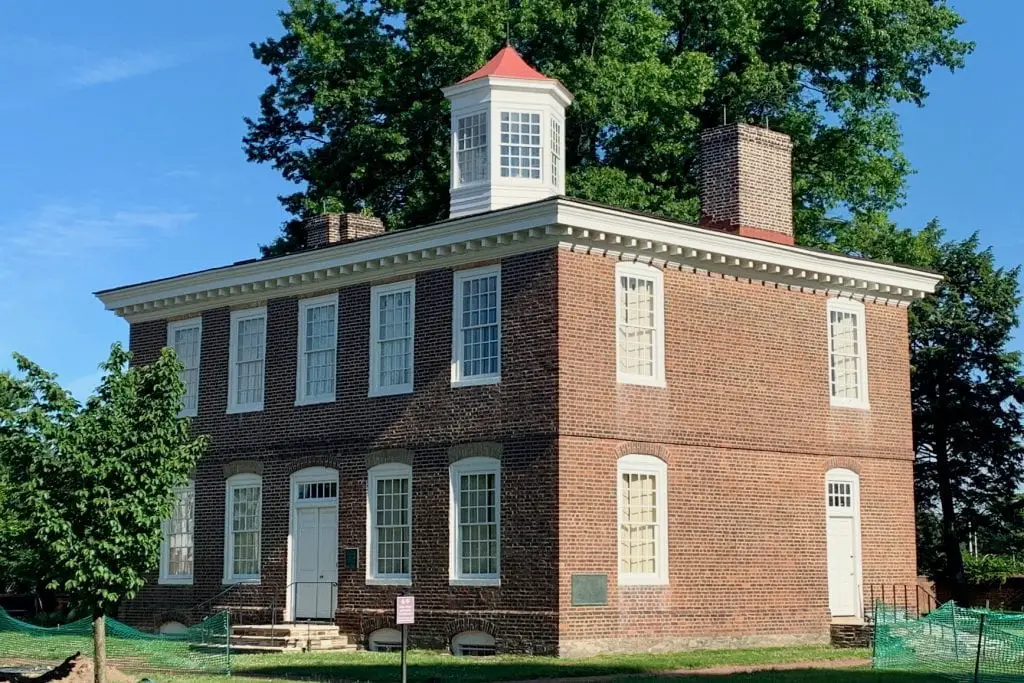
The House as a Museum
The William Trent House has transitioned from a private residence to a public museum. Operated by the Trent House Association, the museum features a range of exhibits that delve into various aspects of American history, from the colonial period to the present day.
USA Quiz
How many questions would you like?
The museum’s collections include period-appropriate furniture, artifacts, and documents that offer a glimpse into the lives of those who once called this house home. These exhibits are carefully curated to provide an educational yet engaging experience, making history come alive for visitors of all ages.
Educational programs are a significant part of the museum’s offerings. School visits, guided tours, and interactive workshops are regularly organized to educate the public about the house’s historical and cultural significance. These programs aim to make history accessible and exciting, encouraging more people to explore the rich past that the house embodies.
Community outreach is another focus of the museum. Special events, lectures, and workshops are organized to engage the local community and encourage active participation in preserving and celebrating Trenton’s history. The museum serves as a repository of the past and a vibrant community space that fosters a deeper understanding of American history.
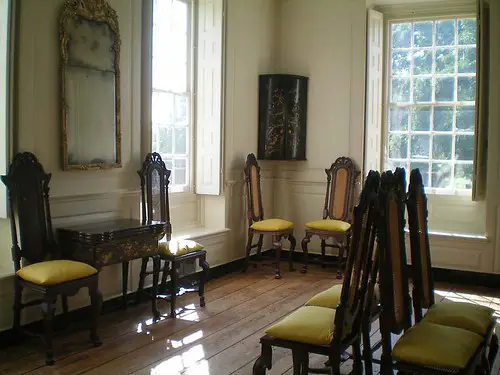
Current Events and Programs
The William Trent House is not just a relic of the past; it’s a dynamic space that hosts various events and programs. One such upcoming event is a talk on Puerto Rican migration scheduled for September 24, 2023.
This talk is co-sponsored by the Trent House Association and the Puerto Rican Community & Friends Organization. It aims to shed light on the challenges and contributions of Puerto Rican migrants.
Another noteworthy event is a discussion on Trenton’s first Italian immigrant families, set for October 8, 2023. This talk will explore the impact of Italian immigrants on the culture and history of New Jersey and the nation at large. It promises to be an enlightening experience, offering fresh perspectives on a lesser-known aspect of American history.
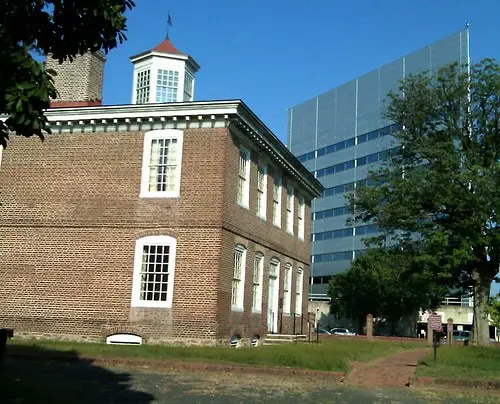
Community conversations are also a regular feature at the William Trent House. One such conversation, scheduled for October 15, 2023, will focus on sharing authentic history to strengthen democracy. This event aims to engage the community in meaningful dialogue, encouraging participants to share their stories and listen to others.
Art programs are another highlight, with Plein Air Painting sessions scheduled in Fall 2023. These sessions offer a unique opportunity to capture the beauty of the house and its surroundings, guided by expert instruction. It’s a perfect blend of art and history, offering a creative way to engage with the past.
Visiting the William Trent House
For those interested in visiting this historical landmark, the William Trent House is open from Wednesdays to Sundays between 1 pm and 4:30 pm. Admission fees are pretty reasonable, with adults charging $5 and children and seniors charging $4. Members can enjoy free admission, making it an excellent option for frequent visitors.
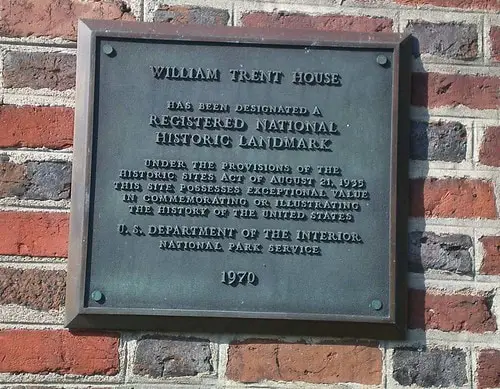
Accessibility is a priority, with ample parking available for visitors. Special tours can also be arranged for groups, offering a more personalized experience. All these amenities are designed to make your visit as enjoyable as possible, allowing you to focus on the house’s rich history.
Pre-registration is available for special events and talks, ensuring you don’t miss out on these enriching experiences. Detailed information can be found on the official website, making it easy to plan your visit.
The William Trent House is a museum and a community space that welcomes everyone. It’s where history comes alive, offering valuable lessons for today and inspiration for tomorrow.
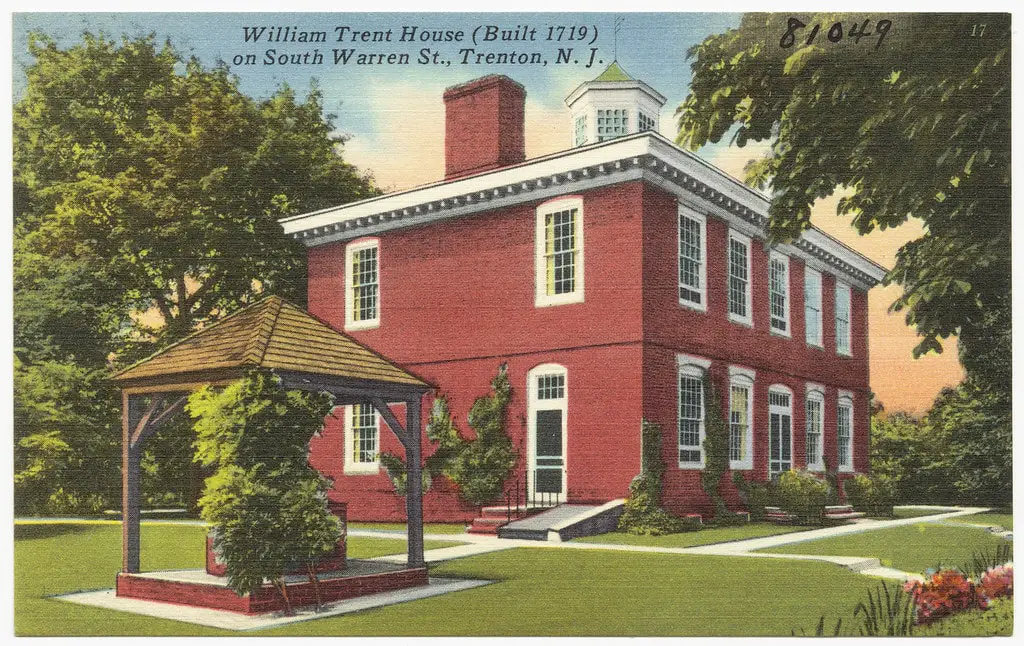
The Future of William Trent House
Preservation efforts for the William Trent House are ongoing, with plans for future exhibits and community programs. The house will continue to serve as an educational resource, offering new generations a window into America’s past.
Financial support for these efforts comes from various sources, including grants from the Mercer County Cultural and Heritage Commission, the New Jersey Cultural Trust, and the New Jersey Council for the Humanities. These funds are crucial in maintaining the house as a significant cultural landmark.
The house’s future looks promising, with plans to expand its educational programs and community outreach efforts. The aim is to make history accessible to more people, encouraging active engagement with the past.

In conclusion, the William Trent House is more than just a historical landmark; it’s a living, breathing entity that connects the past with the present and future. It serves as a reminder of where we’ve come from, offering valuable lessons for where we’re headed.


The interspersed ads are disturbing and offensive.
As a Trenton area resident this information about the Trent House is encouraging to know historic preservation is ongoing and that the site is open for public use ad participation.
Your perspective as a Trenton area resident adds valuable context to the discussion about the William Trent House. It’s always good to hear from locals who are invested in their community’s history.